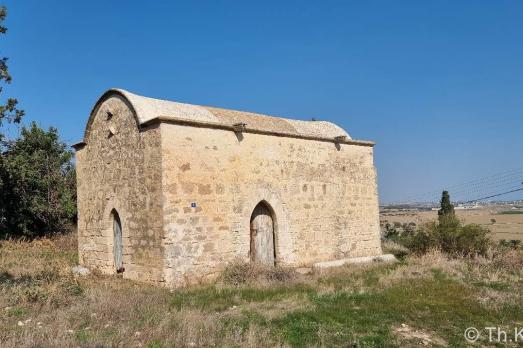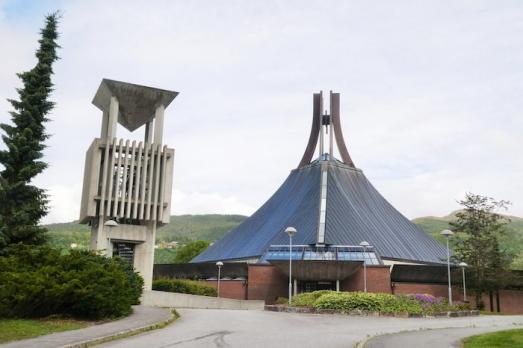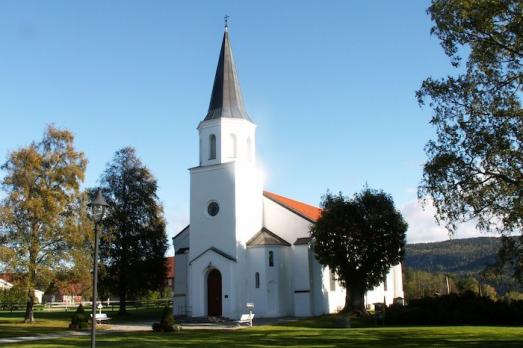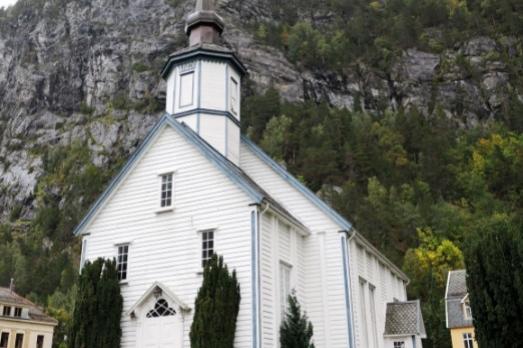
Sygkrasi Agios Prokopios Church
Sygkrasi, CY
The church with the ekklesionym Agios Prokopios is located to the south, just outside the original settlement area. The church was probably built in the 11th or 12th century. The church was probably built in the 11th or 12th century on the remains of a previous building from the 6th century.










